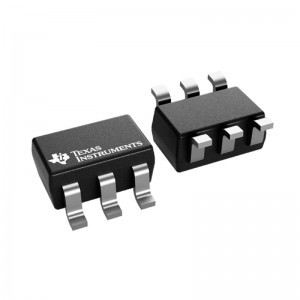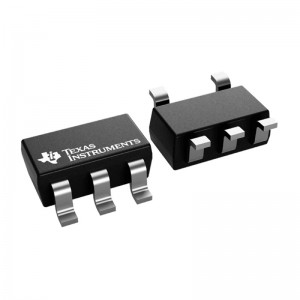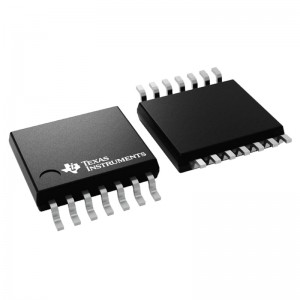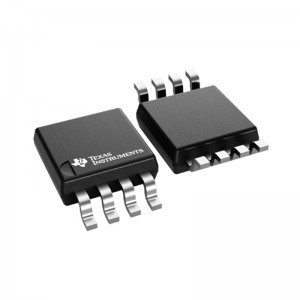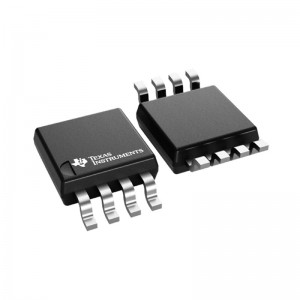
Products
INA199B2DCKR 26V bi-directional current sense amplifier
Features for the INA199
Wide Common-Mode Range: –0.3 V to 26 V
Offset Voltage: ±150 µV (Maximum)
(Enables Shunt Drops of 10-mV Full-Scale)
Accuracy:Gain Error (Maximum Over Temperature):
±1% (C Version)
±1.5% (A and B Versions)
0.5-µV/°C Offset Drift (Maximum)
10-ppm/°C Gain Drift (Maximum)
Choice of Gains:Quiescent Current: 100 µA (Maximum)
INA199x1: 50 V/V
INA199x2: 100 V/V
INA199x3: 200 V/V
Packages: 6-Pin SC70, 10-Pin UQFN
Description for the INA199
The INA199 series of voltage-output, current-shunt monitors (also called current-sense amplifiers) are commonly used for overcurrent protection, precision-current measurement for system optimization, or in closed-loop feedback circuits. This series of devices can sense drops across shunt resistors at common-mode voltages from –0.3 V to 26 V, independent of the supply voltage. Three fixed gains are available: 50 V/V, 100 V/V, and 200 V/V. The low offset of the zero-drift architecture enables current sensing with maximum drops across the shunt as low as 10-mV full-scale.
These devices operate from a single 2.7-V to 26-V power supply, drawing a maximum of 100 µA of supply current. All versions are specified from –40°C to 125°C, and offered in both SC70-6 and thin UQFN-10 packages.
1. Who are the staff in your R & D department? What are your qualifications?
-R & D Director: formulate the company’s long-term R & D plan and grasp the direction of research and development; Guide and supervise r&d department to implement company r&d strategy and annual R&D plan; Control the progress of product development and adjust the plan; Set up excellent product research and development team, audit and training related technical personnel.
R & D Manager: make new product R & D plan and demonstrate the feasibility of the plan; Supervise and manage the progress and quality of r&d work; Research new product development and propose effective solutions according to customer requirements in different fields
R&d staff: collect and sort out key data; Computer programming; Conducting experiments, tests and analyses; Prepare materials and equipment for experiments, tests and analyses; Record measurement data, make calculations and prepare charts; Conduct statistical surveys
2. What is your product research and development idea?
- Product conception and selection product concept and evaluation product definition and project plan design and development product testing and validation launch to market


